
Casting the right actor is crucial for a film’s success. Throughout movie history, poor choices have led to negative reactions, costly re-shoots, and even actors being replaced at the last minute. Sometimes, these decisions raised concerns about accurate and respectful portrayals, and other times, an actor just didn’t seem right for the part once filming began. These examples demonstrate how one casting decision can have a significant impact on a film’s entire process, from production to how it’s marketed and ultimately, how well it performs in theaters.
Eric Stoltz – ‘Back to the Future’
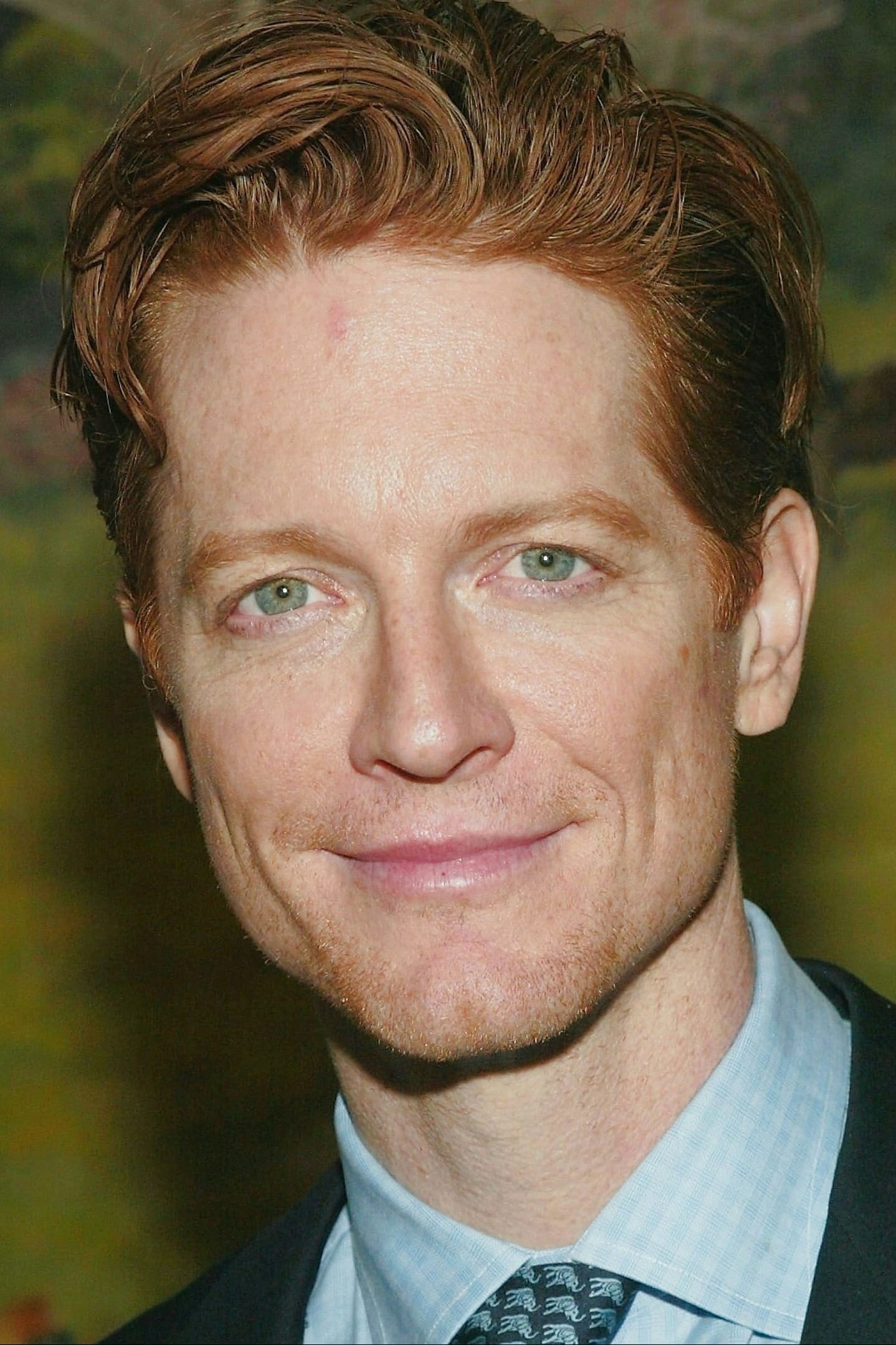
Initially, Eric Stoltz played Marty McFly and filmed quite a few scenes. However, his performance wasn’t quite the light and funny tone the filmmakers were aiming for. They then brought in Michael J. Fox, who was already busy with a TV show, and re-filmed important parts. While this added to the time and expense, it ultimately ensured the film had a consistent and fitting style.
Stuart Townsend – ‘The Lord of the Rings’
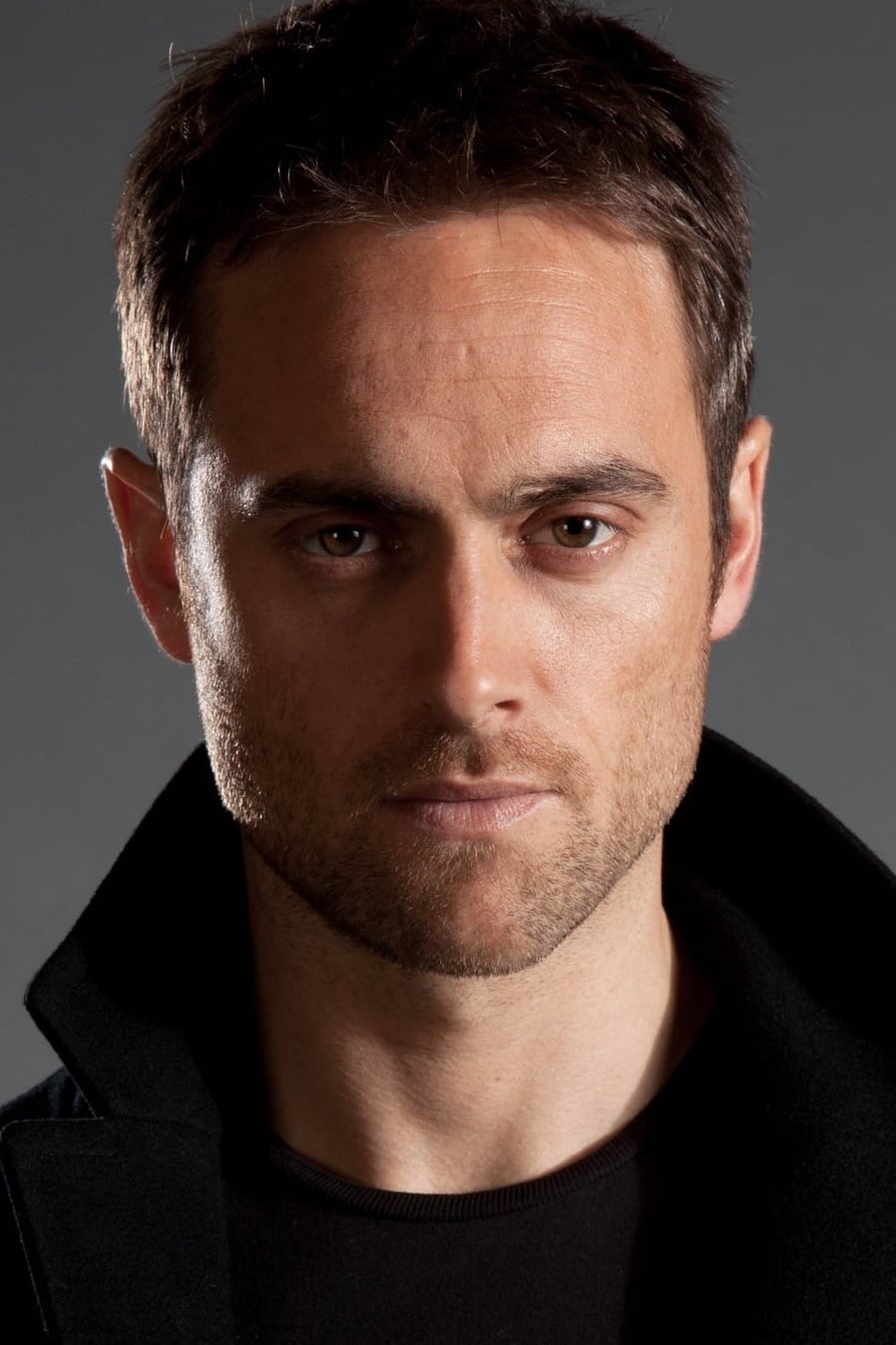
Stuart Townsend initially prepared for the role of Aragorn and helped with early planning for the movie, but he was replaced just before filming began. Viggo Mortensen quickly learned sword fighting and the necessary languages to join the cast. This change required the costume and makeup teams to redo fittings and re-shoot test footage. Despite the disruption, the production team managed to stay on schedule by adapting and continuing to film.
John Wayne – ‘The Conqueror’

From the beginning, many people questioned whether John Wayne was a good choice to play Genghis Khan, criticizing the historical accuracy and his performance. Filmed in the Utah desert with noticeable makeup and costumes, the movie wasn’t well-received when it came out, with reviews pointing out how unsuitable Wayne was for the role. Over time, the film became a common example when talking about how history is portrayed in movies.
Mickey Rooney – ‘Breakfast at Tiffany’s’
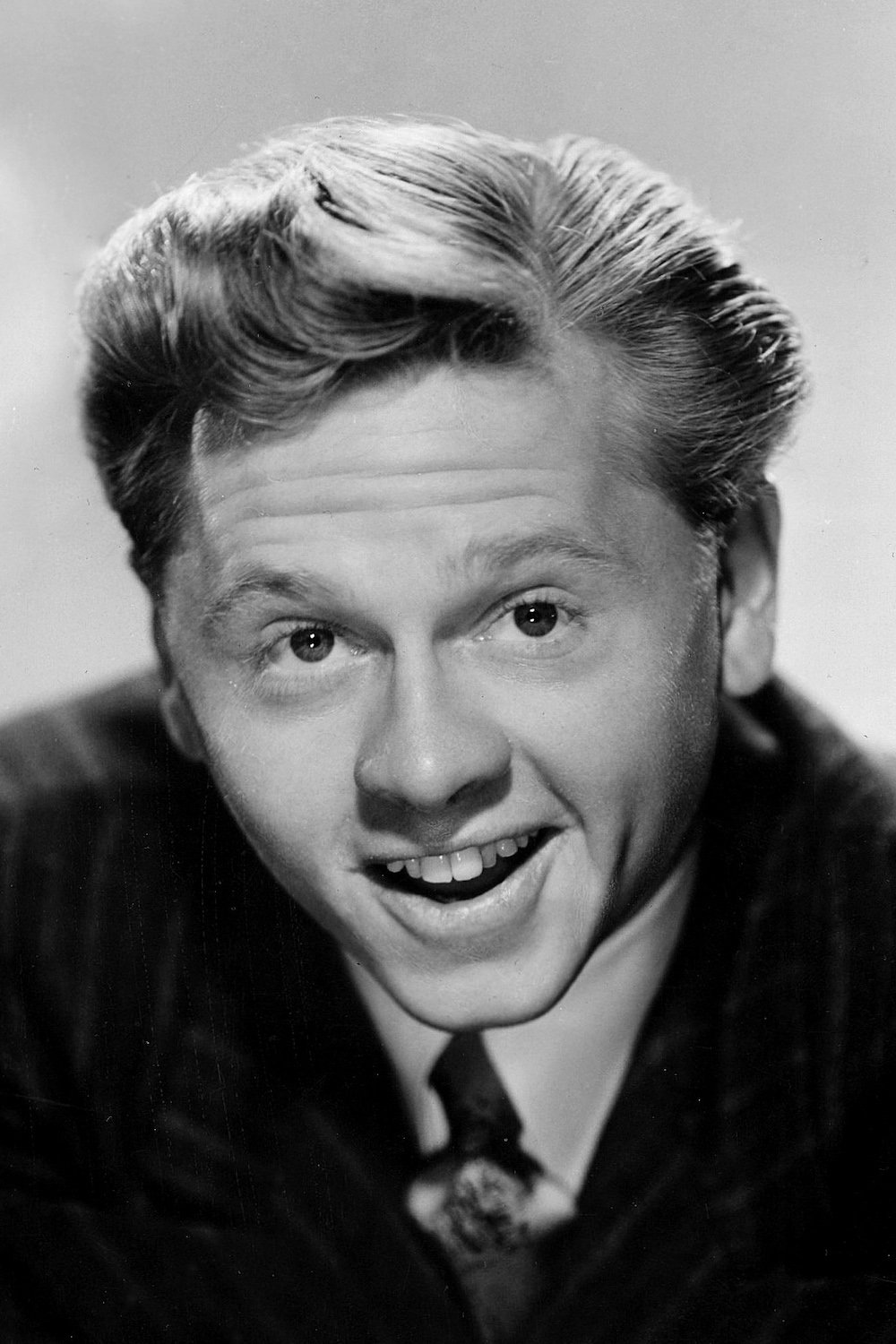
Mickey Rooney’s portrayal of Mr. Yunioshi in a film relied on over-the-top gestures and makeup to represent a Japanese character. This depiction is now widely seen as a harmful and offensive stereotype. Today, the role is often discussed as a prime example of problematic characterization, and it serves as a lesson in how casting choices can impact a film’s lasting reputation.
Sofia Coppola – ‘The Godfather Part III’

It was really tough when Winona Ryder had to leave the movie for health reasons. Sofia Coppola jumped in to play Mary Corleone, and honestly, everyone was scrambling because we were on a super tight schedule to get it out for the holidays. There was a lot of attention on Sofia’s performance, but the crew managed to keep things moving forward. Looking back, it feels like a last-minute save that everyone pulled off under a lot of pressure.
George Clooney – ‘Batman and Robin’
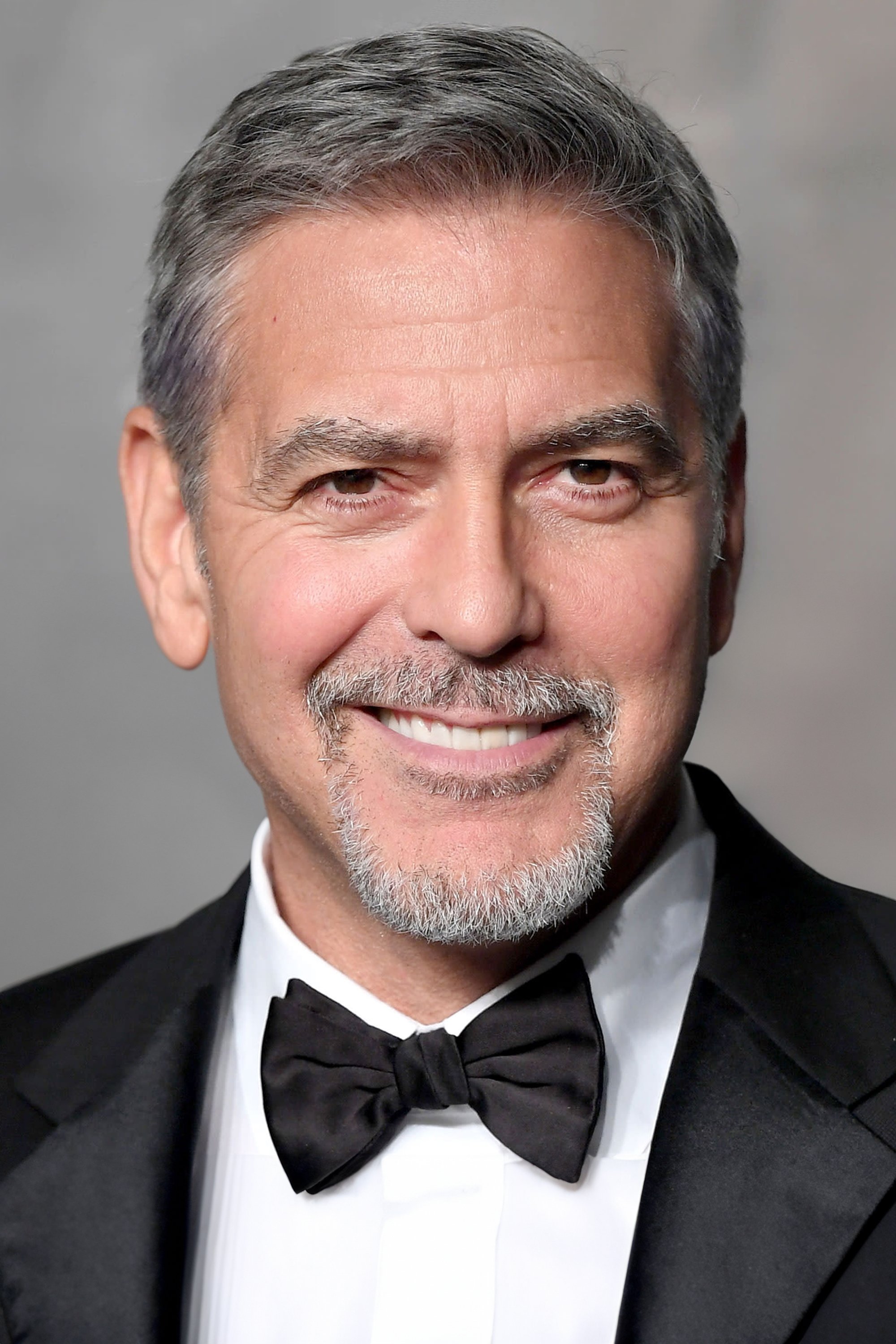
George Clooney starred in a film that aimed for a more fun and visually impressive style. It featured a large cast and a marketing campaign heavily focused on toys. However, the movie received negative reviews and the character wasn’t seen on screen again for a while, until the franchise was creatively rebooted. This film is often studied by studios as an example of how to adjust a struggling series.
Denise Richards – ‘The World Is Not Enough’
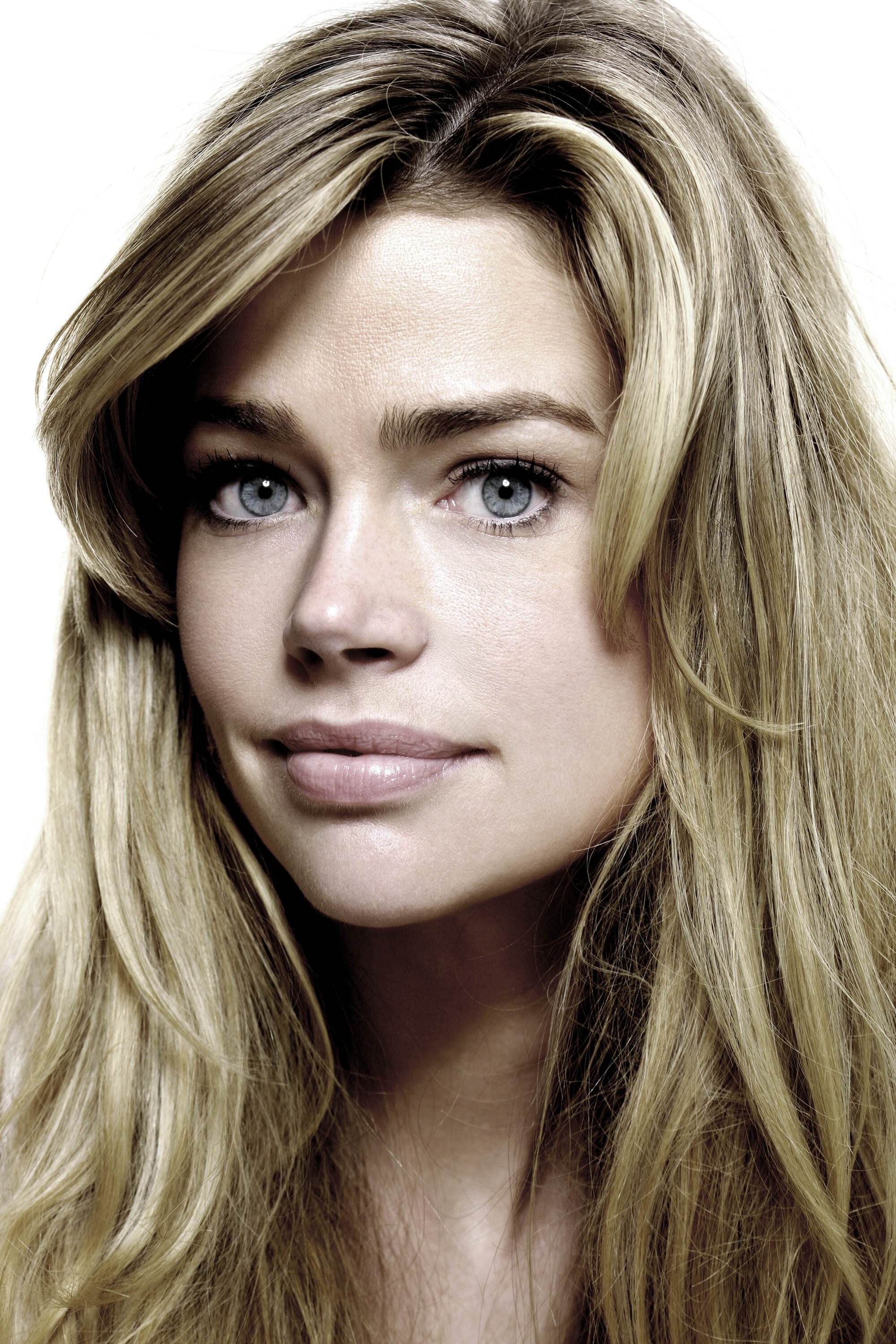
Denise Richards played Dr. Christmas Jones, a nuclear physicist who teamed up with James Bond. While the movie still did well in theaters, many viewers found her character’s expertise hard to believe. Marketing for the film emphasized the action and familiar elements fans expected from the Bond franchise. The role continues to be talked about when discussing realistic portrayals of professionals in popular movies.
Topher Grace – ‘Spider Man 3’
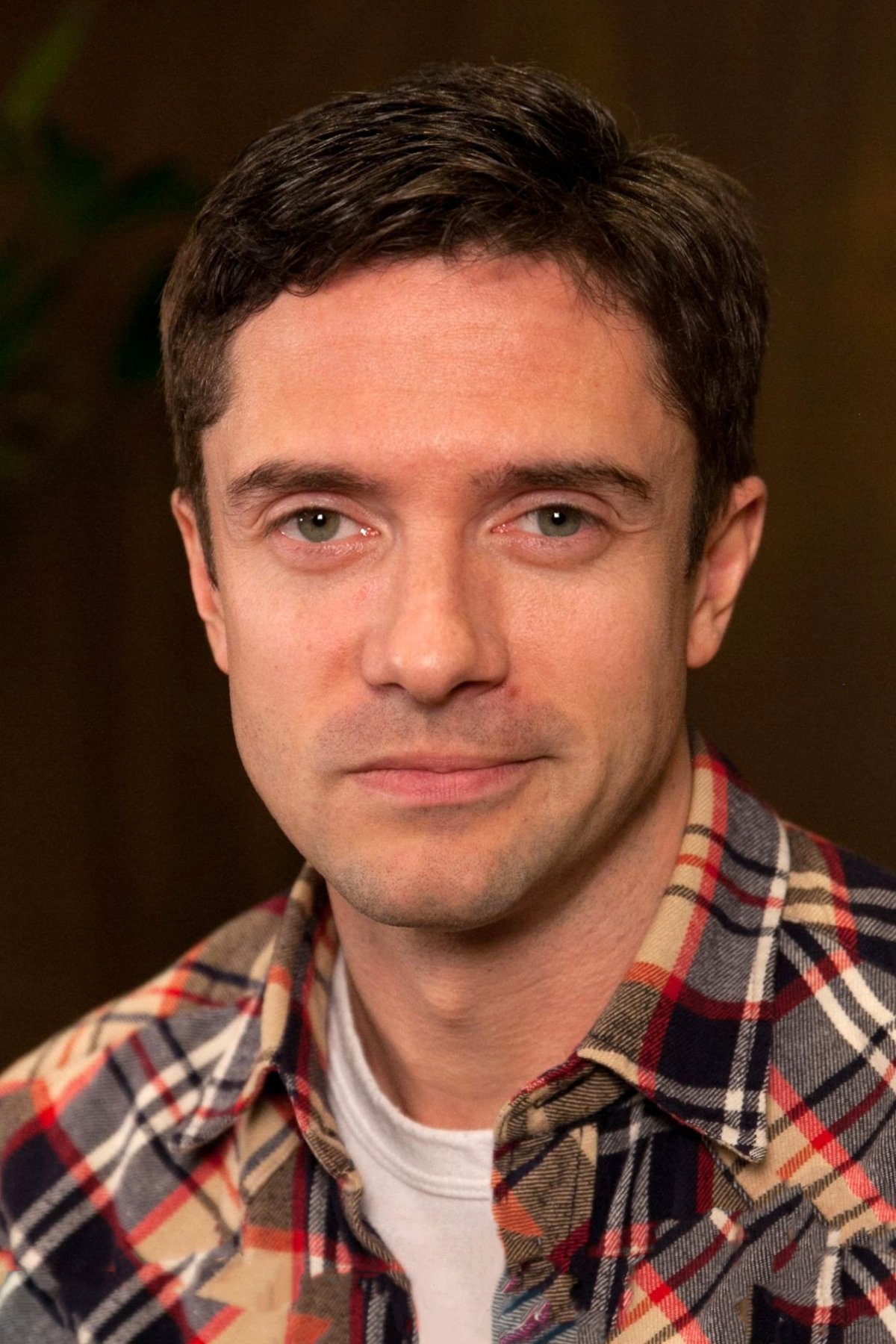
Topher Grace’s addition to the cast joined an already crowded group of villains, including Sandman and the New Goblin. This led to a disjointed story where several bad guys competed for attention. The movie also struggled with needing lots of special effects and trying to develop a romantic subplot, all of which impacted the overall structure. Ultimately, how the character was presented in this film influenced the decision to give him his own separate project later on.
Russell Crowe – ‘Les Misérables’
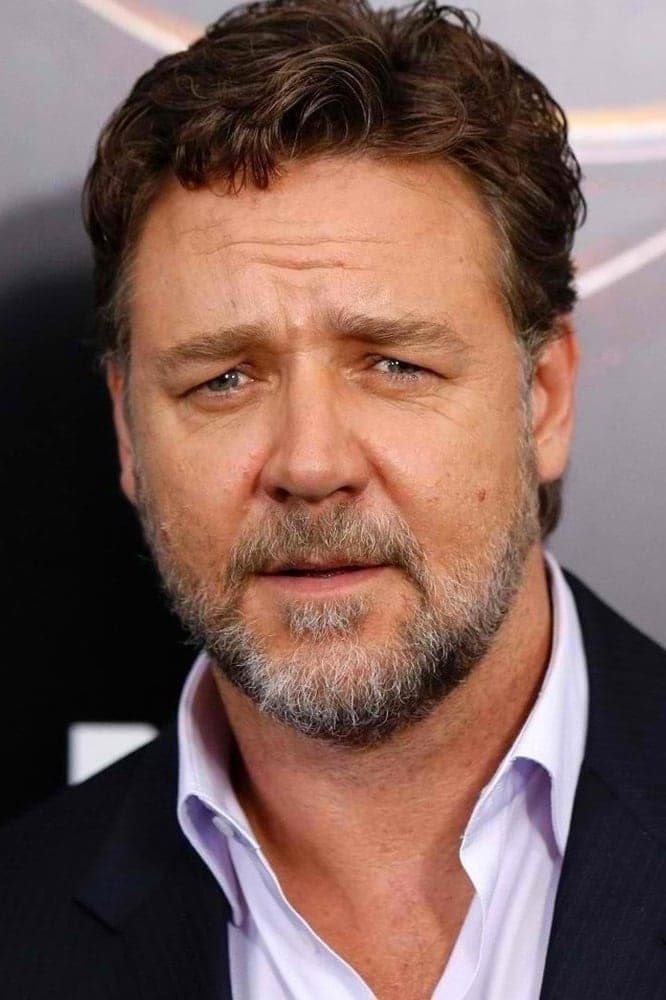
The filmmakers chose to record all vocals directly on set during filming to capture genuine emotion from the actors. Russell Crowe, playing Javert, was recorded this way instead of using pre-recorded studio tracks. The movie received several award nominations and also led to discussions about choosing singers for big musical films. Ultimately, the film served as a real-world example of how recording vocals live impacts both the actors’ performances and how audiences react.
Johnny Depp – ‘The Lone Ranger’

Choosing Johnny Depp to play Tonto sparked immediate debate about how Native Americans were being represented. The film itself was a large production, filmed in many locations with lots of special effects. However, media attention focused on the controversy, making it difficult to promote the movie. Ultimately, the film didn’t do well at the box office and is often brought up when discussing genuine and respectful portrayals of different cultures.
Emma Stone – ‘Aloha’

Emma Stone portrayed Allison Ng, a character with both Asian and Native Hawaiian heritage. This casting choice sparked significant criticism from people within those communities and general audiences. The director and studio responded to the backlash with public statements. The resulting controversy ended up drawing more attention than the film’s love story.
Scarlett Johansson – ‘Ghost in the Shell’
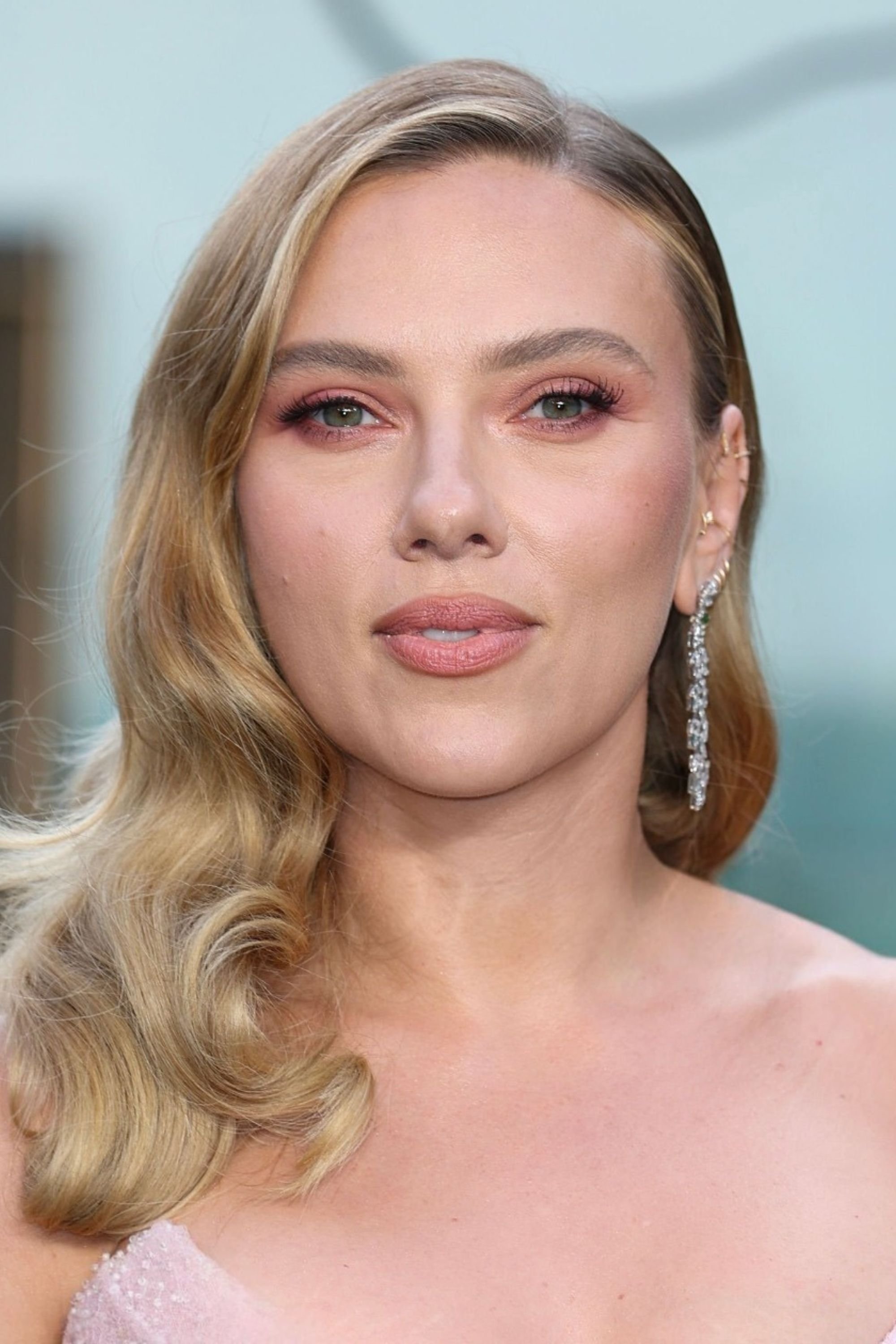
Scarlett Johansson’s casting sparked controversy because the story originally came from Japan. The movie blended recognizable scenes with new plot points to appeal to audiences worldwide. Although the film was well-known beforehand, it didn’t perform as well as expected at the box office. Much of the discussion about the film focused on the casting decision and how it affected viewers.
Tilda Swinton – ‘Doctor Strange’

Marvel updated the character of The Ancient One for the movies, changing them from an Asian monk in the original comics to a Celtic mystic played by Tilda Swinton. While the filmmakers said this was done to avoid clichés, it sparked discussion about whether it diminished Asian representation. Conversations about this choice continued as the Marvel Cinematic Universe expanded, with interviews and articles exploring the reasons behind the change and the creative decisions involved.
Ed Skrein – ‘Hellboy’
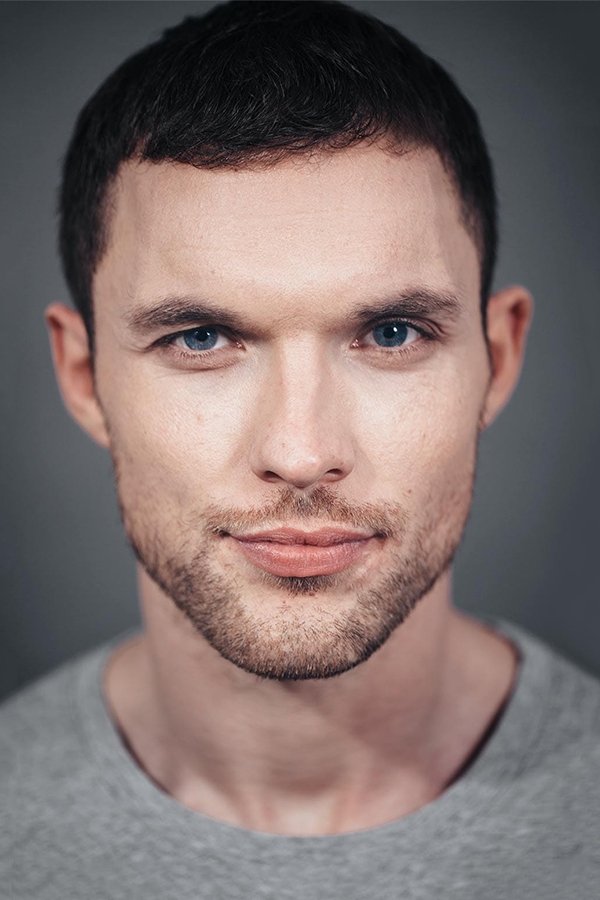
Initially, Ed Skrein was chosen to play Ben Daimio, a character with Japanese roots. However, after public criticism about the casting choice, Skrein decided to step down. The production team then recast the role with Daniel Dae Kim and updated all marketing materials. This change is frequently cited as an example of a quick adjustment made after a casting announcement received negative feedback.
Kevin Spacey – ‘All the Money in the World’

After serious accusations surfaced, the filmmakers quickly replaced Kevin Spacey with Christopher Plummer just before the film’s release. They efficiently reshot scenes with the original cast and updated the visual effects. All promotional materials were also recreated to highlight Plummer’s performance. Despite the changes, the film was released on time, and Plummer received critical acclaim and awards recognition for his work.
Share your picks and the moments you think belong on this list in the comments.
Read More
- Robert Kirkman Launching Transformers, G.I. Joe Animated Universe With Adult ‘Energon’ Series
- Avantor’s Chairman Buys $1M Stake: A Dividend Hunter’s Dilemma?
- NextEra Energy: Powering Portfolios, Defying Odds
- AI Stock Insights: A Cautionary Tale of Investment in Uncertain Times
- Hedge Fund Magnate Bets on Future Giants While Insuring Against Semiconductor Woes
- EUR TRY PREDICTION
- Ex-Employee Mines Crypto Like a Digital Leprechaun! 😂💻💸
- UnitedHealth’s Fall: A Seasoned Investor’s Lament
- The Illusion of Zoom’s Ascent
- Oklo’s Stock Surge: A Skeptic’s Guide to Nuclear Hype
2025-11-09 09:15